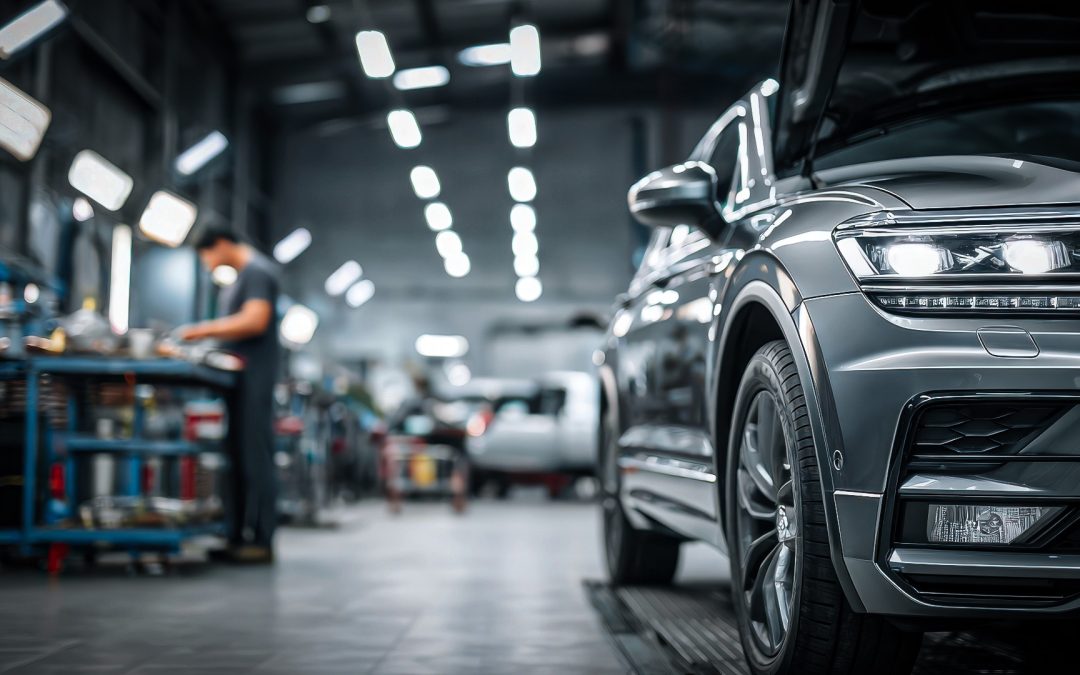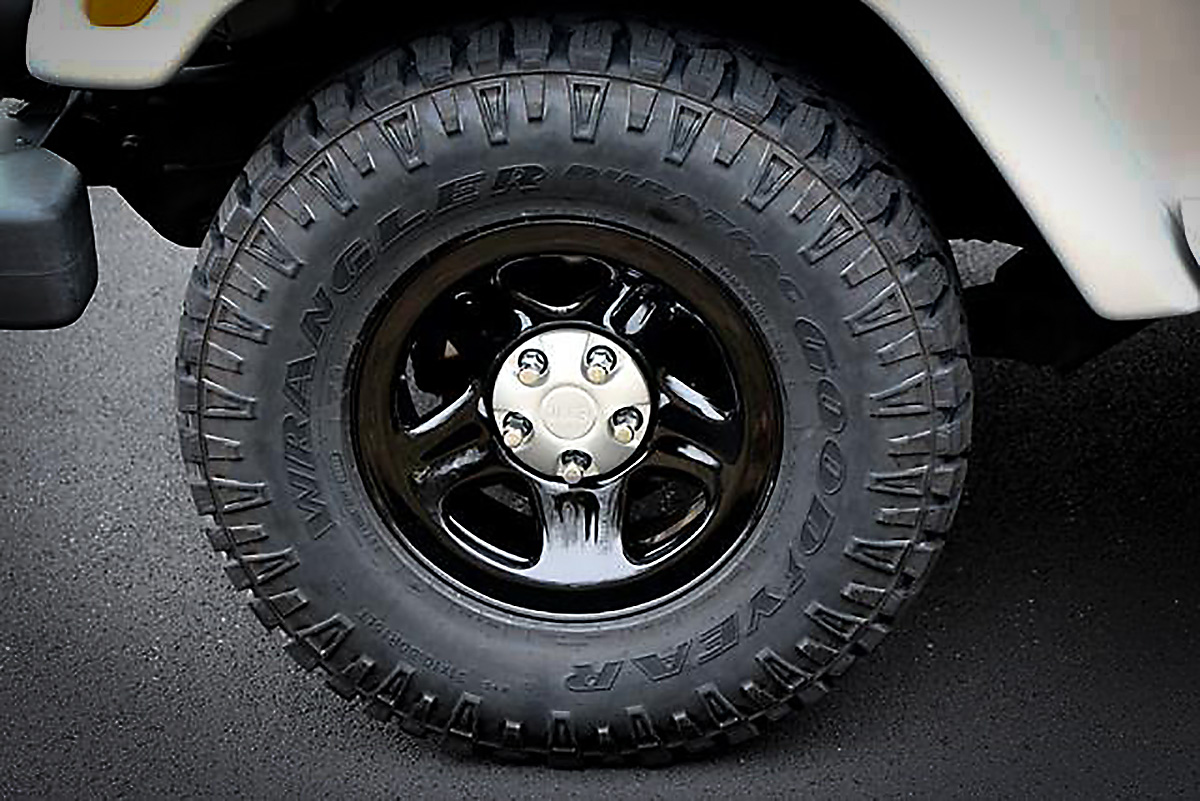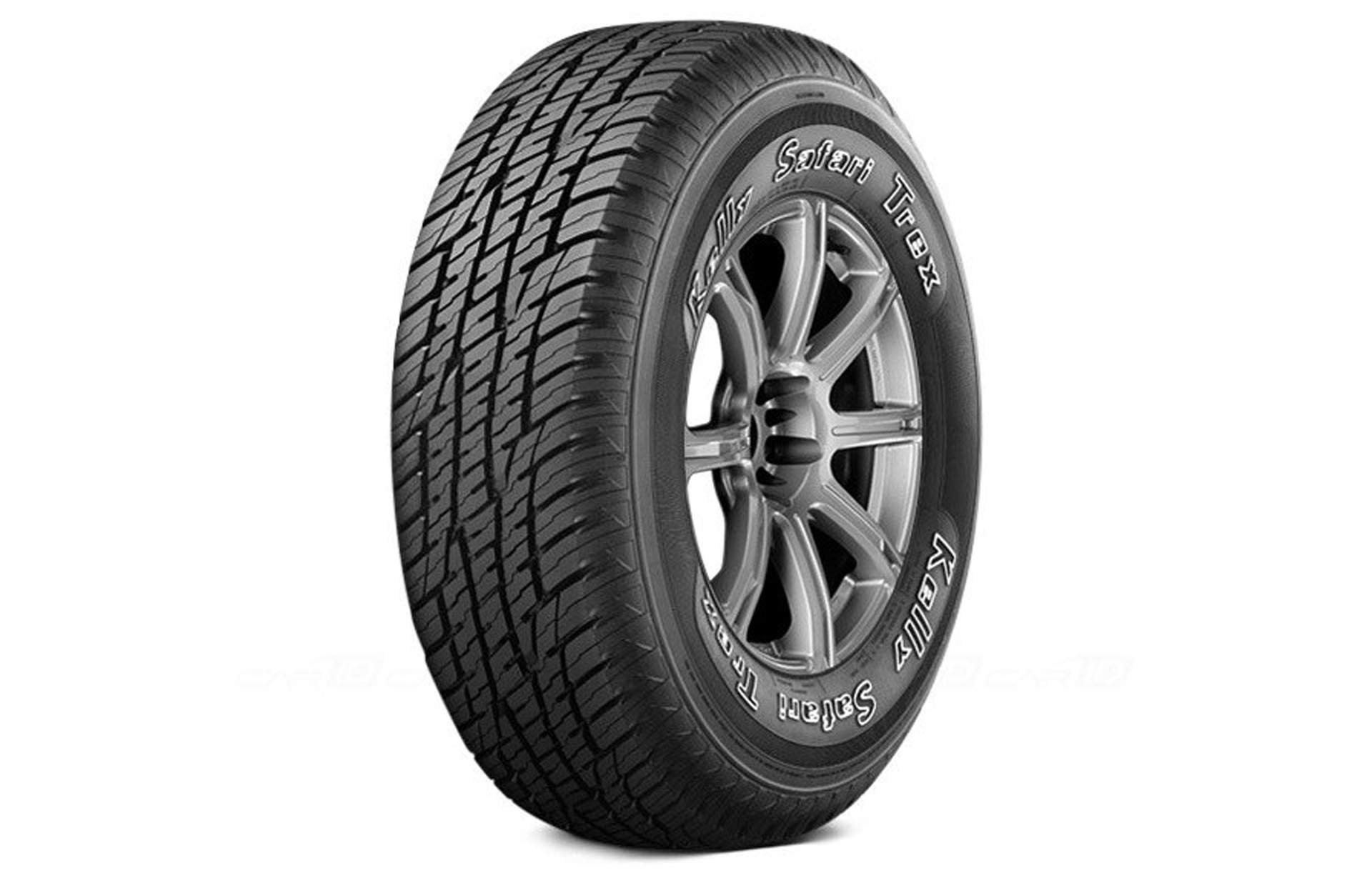Using your shop’s Cost of Doing Business (CODB) as a baseline for labor rates.

I know the title is a little spicy, so I’ll get right into the meat of this piece: Over the past few years, I have seen more and more tires, usually all-terrains, that have been redesigned with very, very aggressive sidewall styling, and I think it’s fantastic.
Useless, of course. But fantastic for a tire salesman.
Before I go further, though, I’d like to tell you about some of my observations. As a consumer of vehicular content, I of course noticed the popularity of overlanding and safari all the cars movements. I think there is some legitimate overlanding occurring, but most of it seems like cosplay. My opinion notwithstanding, both have gained enough traction for enough time that I think it would be reasonable to say they’ve both moved beyond fads and have become trends.
As a tire customer, I recall shopping for a set of skins for a Toyota Tacoma I owned maybe five years ago. The BFGoodrich All Terrain T/A KO2 fit the bill nicely, and I remember thinking, “Why does this A/T tire look so dang chunky? It looks pretty tough.” Then I realized it was because it had an aggressive lug pattern designed into the sidewalls. I got a lot of compliments on those tires. They couldn’t hold a candle off-road to the Goodyear Wrangler Duratracs (a true mud-terrain tire) I ran on my Jeep at the time, but they looked nearly as aggressive despite having much better on-road manners.

Goodyear Wrangler Duratrac. Photo: Lemmy.
BFGoodrich isn’t the only manufacturer using aggressive sidewall styling to add visual appeal to A/T tires. Nitto’s Recon Grappler sure appears to combine the function of their A/T tire, the Terra Grappler, and melds it with the chunky sidewall lugs found on their M/T tire, the Trail Grappler—but only on the sidewall. I noticed this on Firestone’s redesign of the Destination A/T, the fairly-obviously-named Destination A/T2.
Manufacturers are using aggressive sidewall styling to add visual appeal.
I’m thinking about this change from the perspective of a tire salesman standing in a showroom. You could retitle this section as, “Why Lem could never sell the Kelly-Springfield Safari Trex.” (Spoiler: despite being a lovely tire, it looked too wimpy.)
I cannot recall in my days as a shoe salesman just how many times I tried to talk someone out of a set of M/T tires, but it was a lot. Unless the customer had a vehicle that was bathed in truck bed liner inside and out and covered in dents and trailside weld repairs, I steered customers to an A/T tire if they had off-road intentions.

Kelly-Springfield Safari Trex.
I had a lot of reasons for doing this. Compared to their all-terrain brethren, mud-terrain tires are loud. They balance terribly. (Six ounces of weight on a wheel and tire combo doesn’t even raise an eyebrow most of the time.) Did I mention that they are loud? They wear awfully, especially when used on pavement, and a half-worn mud tire is often pretty useless in actual mud. And, of course, they are loud.
The most important reason, however, was that I had the customer’s vehicle on one of our lifts. Dear customer, I can see the wear patterns on the tires I am removing. Those of you who have truly run tires off-road for most of their lives (or have seen tires that have) know exactly what I am talking about. The edges of the tread blocks tear off and eventually take on a melted, rounded appearance. Chert rock and flint and gravel slice at the rubber, and cholla cactuses leave puncture scars all over. If the tire sees gravel, you’ll see big rocks in the tread grooves. (“That dadgum clicking!” is definitely something the owner has said immediately before pulling over and extracting the stone.)
If I didn’t see that evidence of hard life on the old tires, it was difficult to see how a more aggressive tire would be facing different conditions.
Now at this point, some motorist would say something like, “Look, I want mud tires. They look cool and if I go off-road I don’t want to get stuck.” And that’s fine. We’d mount ‘em up and that was that; the customer knew that the tire would be a compromise. But some people would vacillate a bit, weighing the image they wanted to project to the rest of the world against living with the very real downsides of mud tires fitted to a vehicle pulling pavement duty.
And by this point you’ve probably skipped ahead of me, but “softroading” has become acceptable to the point of being mainstream. Safariing all the cars, as mentioned earlier, is an acceptable automotive stance. The Overland Expo has proliferated and spawned similar events all over the USA. Even just in our daily work in the shop, it’s plain to see that crossovers are as popular as quarters at a laundromat, and knobby tires can now be had in a variety of smaller P-metric sizes to fit non-traditional off-road vehicles.
But a stock Silverado on A/T tires looks a bit tamer than something like a lifted TJ on 37s, so the tire companies decided to do something about that: they began using the sidewall as a canvas for tread designs. Traditionally reserved for only the gnarliest mud slingers, sidewall elements are intended to come into play when a badly underinflated tire needs to collapse around an obstacle on the trail or is wedged between two obstacles. (Think of a rock crevice.)
Lugs that continue from the tread deep into the sidewall on an A/T tire, however, exist largely for style. They will never be wedged into a chunk of shale at the bottom of a draw, and the only time they’ll see 8 psi is after running over a deck screw in a development.
I’m not mad about this. Many people want to present an idealized image of themselves to the world. Announcing a great camping trip at a park a few states away with some mud on the fenders is probably lots more exciting than presenting the other 97% of the truck’s usage, which probably consists of trips to work, school, and softball practice pickups. I can’t speak for you, but my ideal day is filled with activities that I never get to do because I’m busy with real life. If a stylized sidewall is enough to get someone to purchase a more reasonable A/T tire and feel good about the purchase, then this is a win for all parties.
It’s a rare trend that has no real downsides. The customer gets a tire with styling he likes. He also gets more mileage on the tire and reduced cost of operation. And you get a customer who’s more satisfied with the item he bought, because like a greasy burger or a deck of smokes, the tires he’s asking for aren’t actually very good for him.
There’s probably a whole semester’s worth of lessons in the psychology surrounding this topic that I’m not qualified to teach. But I can tell ya one thing: I’m jealous of those of you who are selling this new breed of A/T tire to your customers, because you won’t have to learn.
The articles and other content contained on this site may contain links to third party websites. By clicking them, you consent to Dorman’s Website Use Agreement.
Participation in this forum is subject to Dorman’s Website Terms & Conditions. Please read our Comment Policy before commenting.